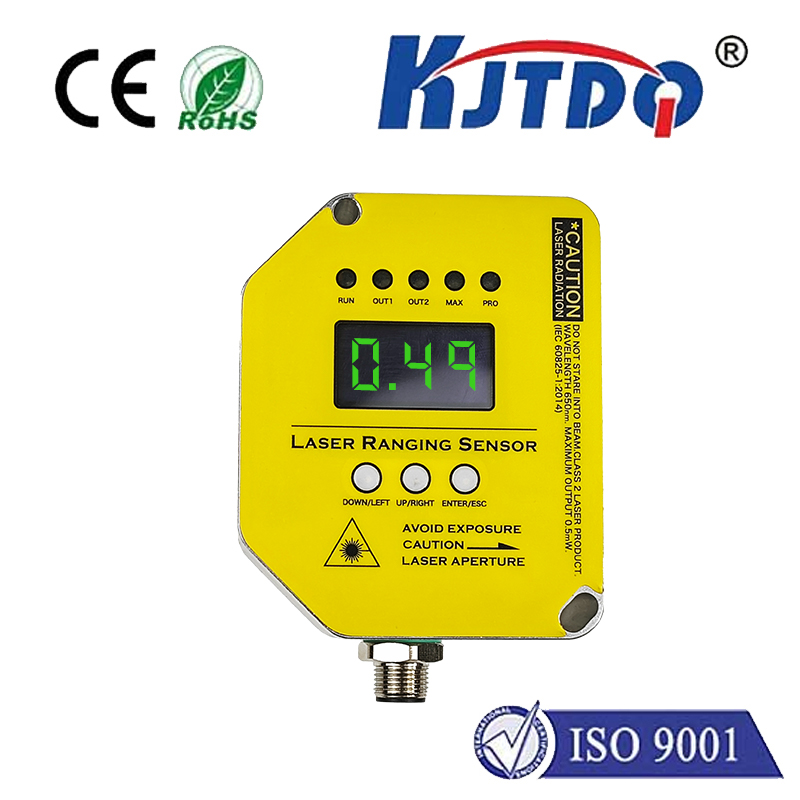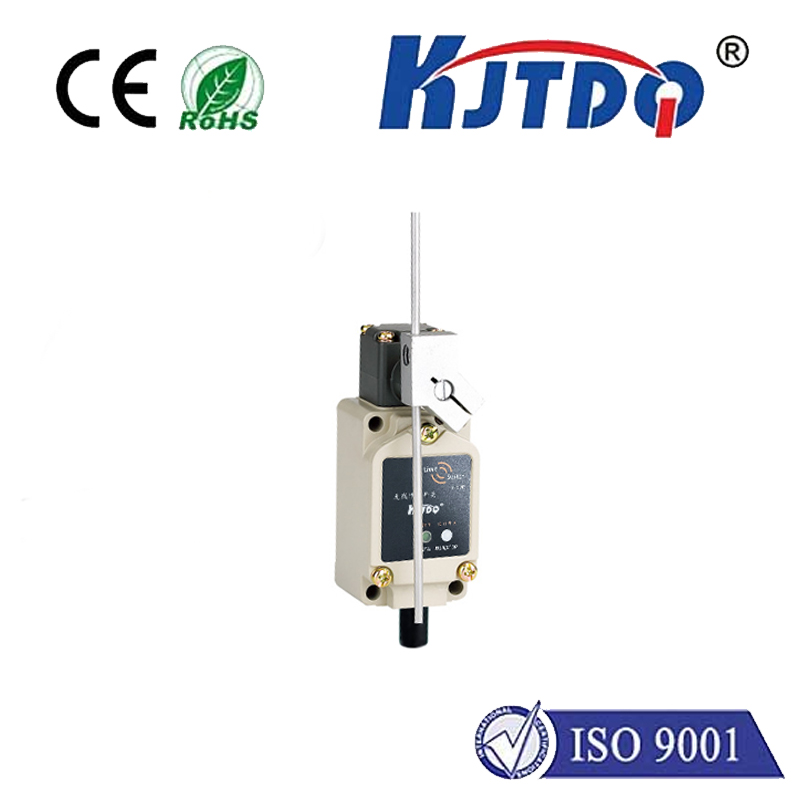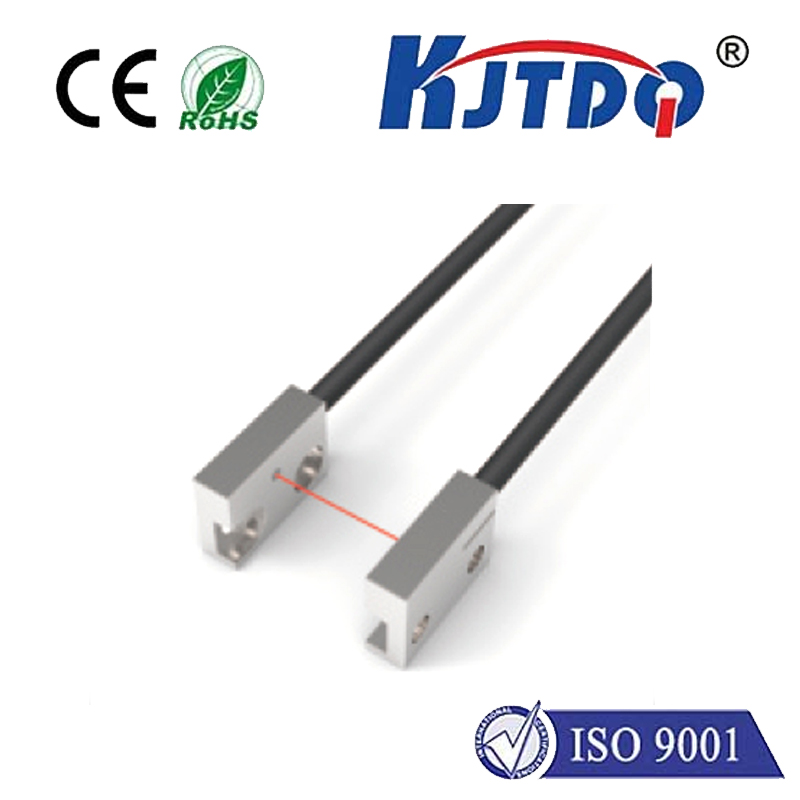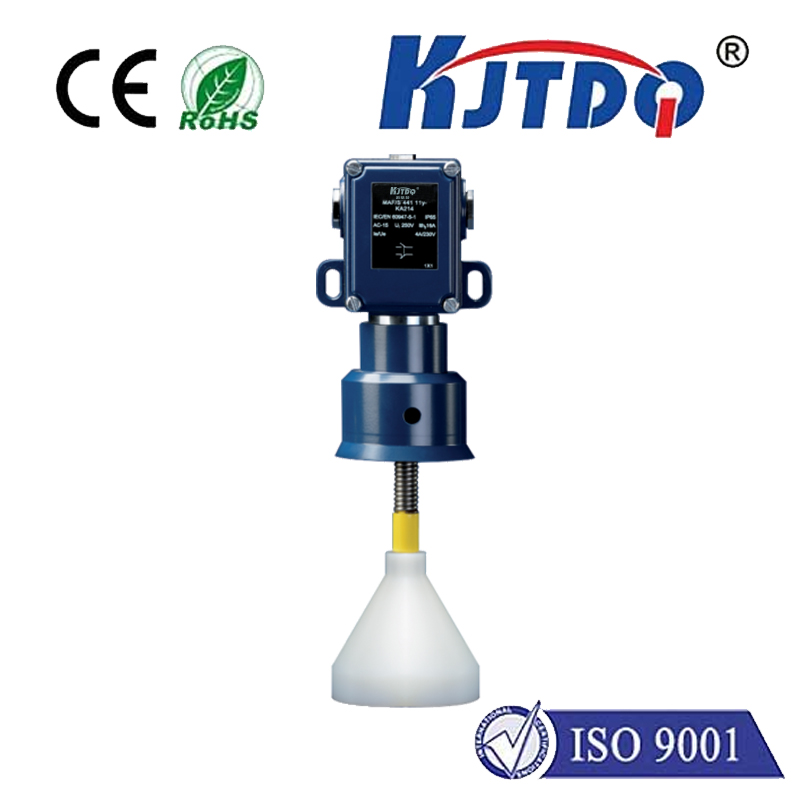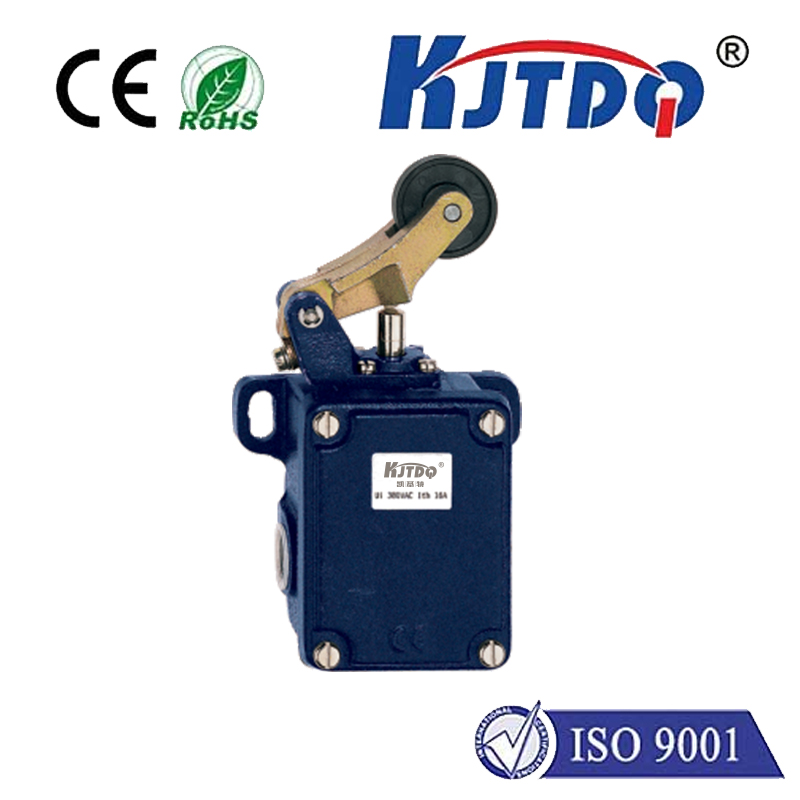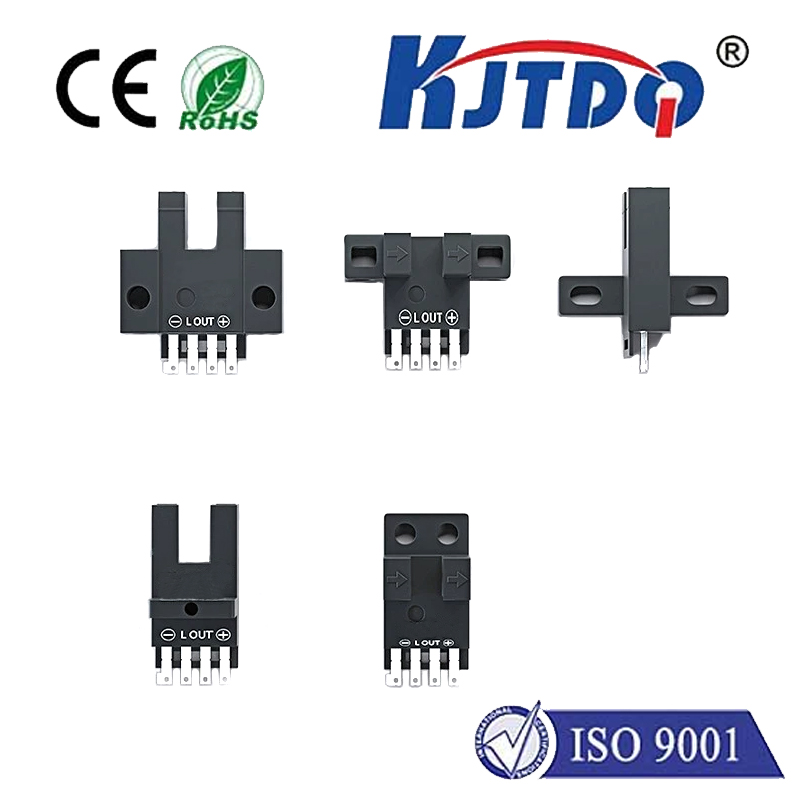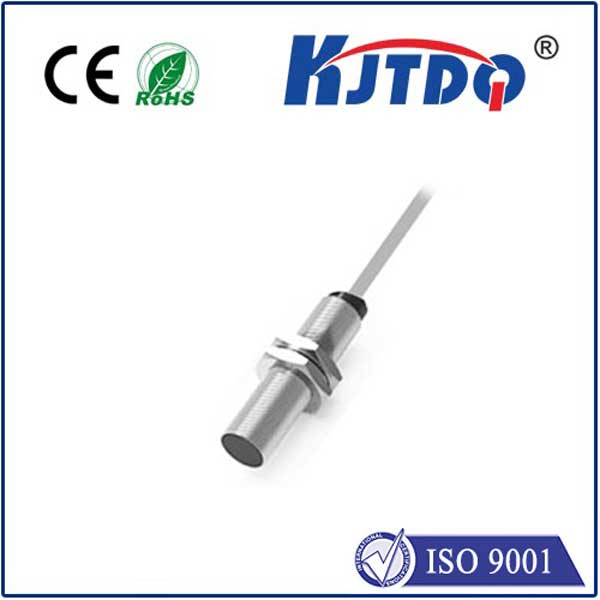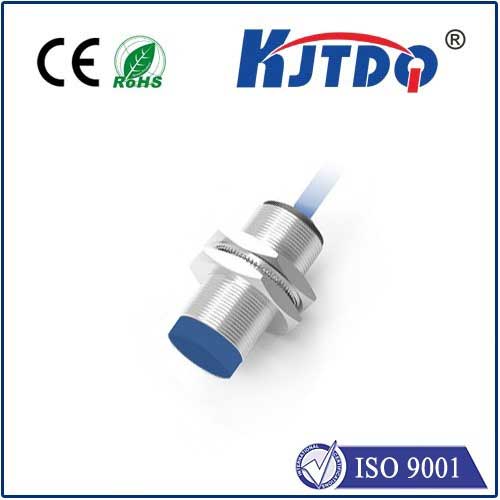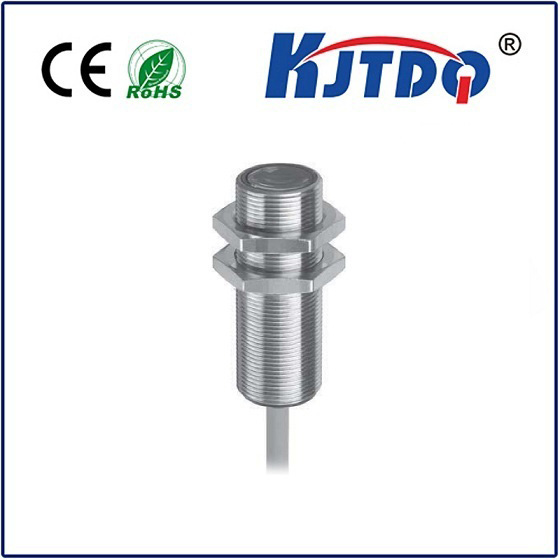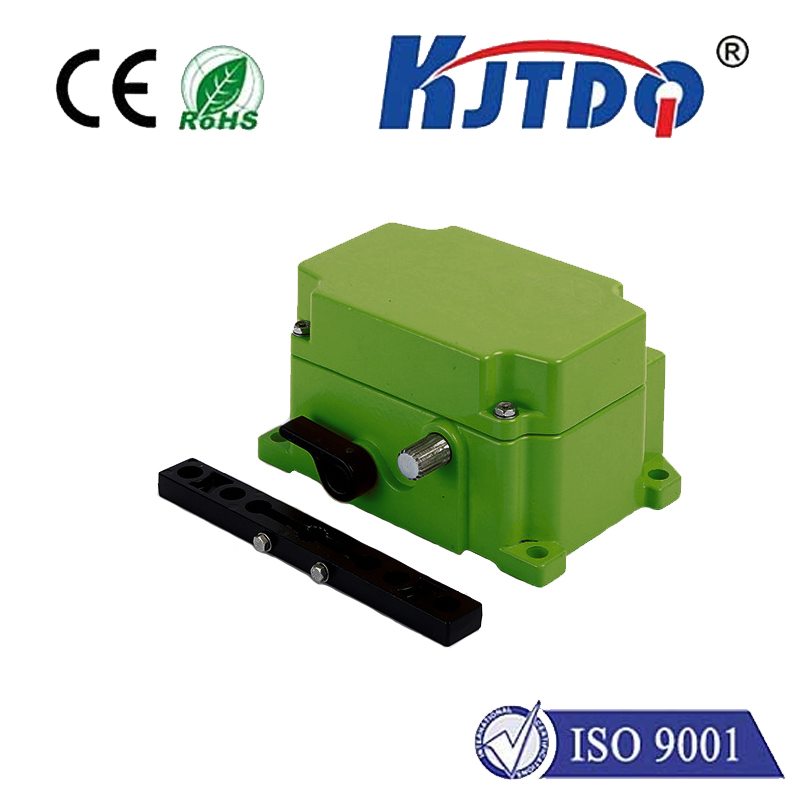ultrasonic proximity sensor long
- time:2025-09-05 12:59:12
- Нажмите:0
Unlocking Distance: How Long-Range Ultrasonic Proximitive Sensors Enhance Industrial Sensing
Imagine an automated warehouse where robots navigate vast aisles, smoothly avoiding obstacles meters away. Picture a construction site monitoring vehicle movements safely around deep excavation zones. Envision large silos reliably detecting fill levels without direct contact. These scenarios demand long-distance sensing capabilities beyond the reach of standard proximity sensors. Long-range ultrasonic proximity sensors rise to this challenge, offering robust, non-contact detection over impressive distances. Their ability to accurately sense objects from several meters away makes them indispensable for applications requiring extended reach and resilience in harsh industrial environments.
But how do these sensors overcome the typical limitations of standard ultrasonic sensors and reliably deliver performance at significant distances?
The Physics of Sound: Fundamental Principles
At their core, ultrasonic proximity sensors, long-range or otherwise, operate using high-frequency sound waves beyond human hearing (typically >20 kHz). Here’s the elegant, yet effective process:
- Emission: The sensor’s transducer emits a short, focused burst of ultrasonic pulses.
- Propagation: These sound waves travel through the air towards potential targets.
- Reflection: Upon striking a solid object, the sound waves are reflected back towards the sensor.
- Reception: The same transducer (or occasionally a separate one) detects the returning echo.
- Calculation: An internal microcontroller precisely measures the time-of-flight (ToF) – the time elapsed between pulse emission and echo reception.
- Output: Using the known speed of sound in air (approximately 343 meters per second at 20°C), the sensor calculates the distance to the target: Distance = (Speed of Sound × Time-of-Flight) / 2. The division by 2 accounts for the sound traveling to the target and back.
Why “Long Range”? Overcoming the Distance Challenge

Standard ultrasonic sensors might effectively cover ranges up to 1-2 meters. Achieving reliable detection at distances of 5 meters, 10 meters, or even more requires specific engineering optimizations:
- Higher Transmit Power: Generating stronger ultrasonic pulses ensures sufficient energy travels the longer distance to reflect back a detectable echo.
- Advanced Transducer Design: Optimizing the transducer’s acoustics for efficient energy conversion and better directionality focuses the beam, minimizing dispersion and maximizing energy reaching distant targets.
- Sophisticated Signal Processing: Long-range detection faces challenges like signal attenuation (weakening over distance) and ambient noise. Advanced DSP algorithms filter out noise, amplify the weak returning signals, and accurately identify the true echo amidst interference. This often involves measuring multiple pulses and averaging results for reliability.
- Optimized Beam Angle: While wider beams cover more area short-range, longer detection often benefits from a narrower beam angle. This concentrates the energy, allowing the sensor to “reach” further effectively, though it requires more precise alignment.
Why Choose Long-Range Ultrasonic Proximity Sensors?
Their ability to operate effectively over meters, not just centimeters or feet, unlocks unique advantages:
- Non-Contact Operation: Ideal for detecting objects that should not be touched (fragile items) or cannot be touched (hot surfaces, corrosive materials, moving vehicles). Prevents wear and damage.
- Material Versatility: Ultrasonic waves reflect off nearly all solid objects, regardless of colour, transparency, or material composition (metal, plastic, wood, liquid surfaces). This makes them highly adaptable compared to optical sensors.
- Robustness in Challenging Conditions: Unlike optical sensors, they perform reliably in environments with dust, smoke, fog, steam, and varying light conditions – common in industrial settings. Their effectiveness in these harsh environments is a major strength.
- Cost-Effectiveness for Range: For reliable non-contact detection over several meters, long-range ultrasonic sensors often offer a more economical solution compared to technologies like specialized radar or high-end LiDAR.
- Simple Distance Output: Provide straightforward, continuous distance measurements, enabling precise monitoring of positions or levels.
Broadening Horizons: Key Applications Enabled by Extended Reach
The long-distance detection capability of these sensors makes them perfect for numerous demanding scenarios:
- Large-Scale Presence Detection & Object Counting: Sensing pallets, vehicles (AGVs/Autonomous Mobile Robots), or cargo on extensive conveyor lines or in spacious factory halls. Monitoring vehicle presence at gates or in large parking structures.
- Long-Distance Level Monitoring: Measuring fill levels in deep silos, large tanks (water, chemicals, grains), or hoppers from the top, eliminating the need for internal probes or hazardous entry.
- Parking Guidance & Vehicle Detection: Accurately detecting vehicle positions in high-ceiling garages or open-air lots for guidance systems and space management. Reliable in all weather and lighting.
- Construction & Mining Safety: Monitoring vehicle proximity to hazardous zones (drop-offs, trenches, personnel zones) on expansive sites. People detection near large moving equipment.
- Forestry & Agriculture: Monitoring log stacks, measuring bulk material piles (mulch, gravel), or detecting large machinery positions in open fields.
- Roll Coating & Web Guiding: Maintaining precise distance control for spray heads or rollers across wide production lines (paper, textiles, metals).
- Anti-Collision Systems: Safeguarding large automated cranes, gantries, and robotic systems operating over extended paths within factories or storage yards.
Navigating Limitations: Important Considerations
While powerful, understanding their limitations ensures successful deployment:
- Target Properties: Very soft or absorbent materials may not reflect sound well. Extremely small targets or those with complex shapes at long range might be challenging. Surface angle matters—optimal reflection occurs when the target is perpendicular to the sound beam.
- Environmental Factors: While resistant to dust and fog, strong air currents or large temperature gradients can refract the sound beam, potentially causing measurement drift or missed detection. Acoustic noise at similar frequencies can interfere, though advanced filtering mitigates this effectively.
- Installation Precision: Achieving the desired long-range performance requires careful alignment. Mounting stability is crucial, as vibration can affect accuracy. Ensure the beam path is clear of permanent obstructions.
- Response Time: Due to the time needed for sound to travel long distances and back, the measurement cycle can be slightly longer than shorter-range sensors. Consider this for high-speed applications.
Choosing the Right Sensor: Range is Just the Start
Selecting a sensor involves more than just the maximum range specification:
- Required Detection Distance: What is the actual minimum and maximum distance you need to cover in your application? Include a safety margin.
- Beam Angle: A narrower beam provides longer reach but requires precise alignment. A wider beam covers more area but reduces effective range.
- Target Characteristics: Size, material, surface texture, and likely angle of approach relative to the sensor.
- Operating Environment: Temperature extremes, humidity, presence of dust/moisture/steam, potential acoustic noise sources.
- Output Needs: Analog voltage/current for continuous distance? Discrete switch signal? Digital interface (IO-Link, RS-232)?
- Protection Rating (IP): Essential for harsh conditions (dust, water jets, washdown). IP67 or IP69K are common industrial standards for ultrasonic sensors.
- Reliability & Brand Reputation: Opt for sensors from manufacturers known for industrial quality and reliability, especially for critical applications.

